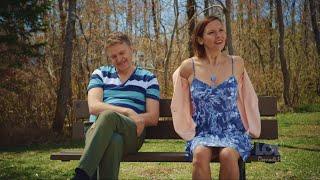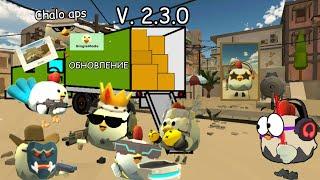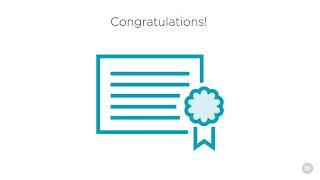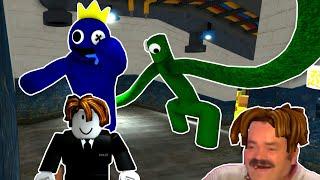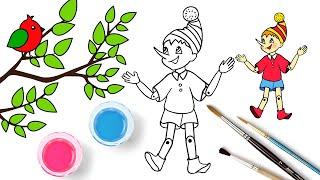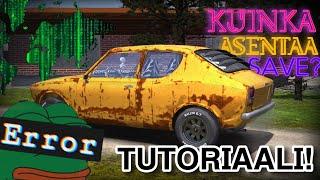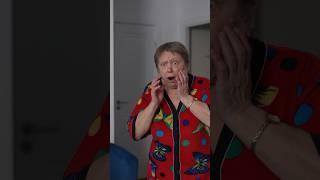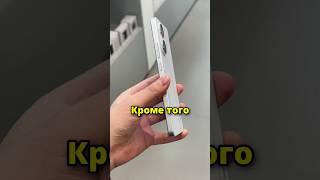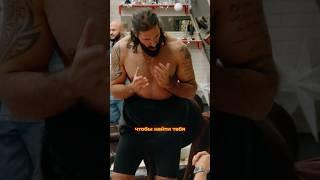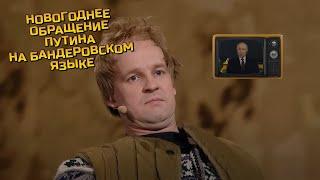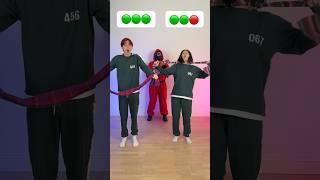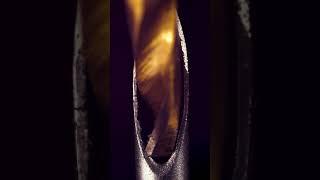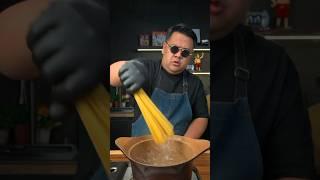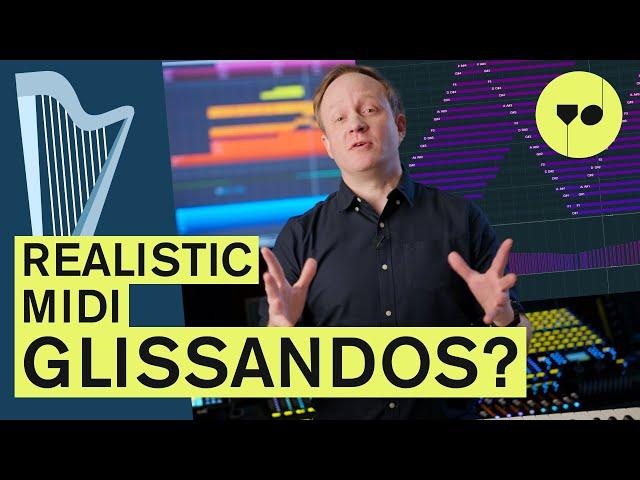
Make your PROGRAMMED HARP GLISSANDOS sound ULTRA-REALISTIC!
Комментарии:

Thanks for fixing the audio issues. Great video!
Ответить
Wonderful! So usefull!
Ответить
I want to say big thank You @Virtual Orchestration for making video which im ask so many times and we talking about :) Im more than sure that its super usefull not only for me but for hundreds composers. Fantastic work thank You very much !
Ответить
Wow, so cool!
I believe some harp libraries (like Hollywood Harp) have specific single note samples designed for making glissandos ("Glissando Technique"). Do you think these work better than or worse than EQing the stock plucked sustain notes?

Great video Andreas. As a former student I can confirm that this approach works wonderfully and once you have done it a few times it becomes completely natural
Ответить
I never realised it was so complicated! 🙂
Ответить
Great!
Ответить
Very clearly explained. Thanks!
Ответить
Whoa! Delete Overlaps in Cubase! How did I know that wasn't there?? That plus the Harp programming instruction makes this such a great video tutorial, thank you!
Ответить
fascinating video! so much great content in this series
Ответить
This whole channel is amazing. Thank you!
Ответить
I wish I had a teacher like Andreas, thank you!
Ответить
I am enlightened 😅
Ответить
Great video! In Cubase Pro 12, you could enhance the method used for harp sample libraries without pedal settings by making a MIDI logical editor script doing the tweaks. This could come in handy if you need to use similar, but not identical, glissandos at different times in the same piece.
Ответить
That "drag your finger" technique was a major AHA for me. 😅
Ответить
Thank You Very Much!
🙂🙏

Excellent tutorial! Thank you for making and sharing this with us. :)
Ответить
Nice tips.
Ответить
Nice tutorial, and I appreciate the instruction, but that Cineharp tuning diagram is bonkers. They have the 3 / 4 pedals laid out like a real harp diagram but the pitches are wrong and the flat-natural-sharp placement is completely backward. I trust you're teaching your students the correct way to notate.
Ответить
Very helpful and complete - thank you!
Ответить
this is very useful thank you
Ответить
Awesome video thank you.
I had left a different comment before watching the entire video.
I have since deleted the comment as you explained either verbally or with another plugin what I had pointed out.
I wanted to let you know as a deleted comment is sometimes confusing to me as a creator.

Great tutorial!!
To soften the attack of the harp I would have used a compressor or a transient shaper

This is great, thank you!
Ответить
what a great video!, thanks for sharing this
Ответить
Could you please talk about String Glissandos
Ответить
Very useful content. Especially with Cubase users! A lot of these tools can be used no matter what the HW you use!
Ответить
I don't think the doubling of the enhormonics makes much of a difference when the harp is being used mostly as an effect, masked under the heavy orchestration. I do believe that it makes a huge difference when it's being used as a feature instrument, like the solo passages in Scheherazade.
Ответить
Cool video thanks! Just a question if anyone knows, if you do different patterns than pentatonic such as 1-2-3-5-8, is it unrealistic/ not playable?
Ответить
That's cool! A faster workaround for pauses between up and down motion is to use both hands, this way you can start play exactly at the same time you finish the last note on first hand.
Ответить
the acepinter trick
Ответить
great explanations!
Ответить
Bonus Tips:
- The harp is diatonic. Therefore if you want a chromatic or octatonic scale, you'll need to either choose 7 notes or use two harps tuned differently.
- Harpists need time to change pedals, so the piece requires harp modulating keys quickly, you should write for two harps.

Excellent tutorial!
Ответить
It's amazing what you know. However, as a harpist, at first I thought the glissando, by itself, had too many lower notes and needed to be cut by around 5 notes. It sounded a little muddy and something you may not know if you don't play. This glissando is only being played with the right hand. But then, when you played with the other instrumentation, it sounded fine.
Ответить
Very informative, thank you!
Ответить
I noticed there were pedal options in my sample library, but never saw the point of them ("why wouldn't I just program the notes?") - it never occurred to me how useful they'd be for doing glissandos! 🤯
Ответить

